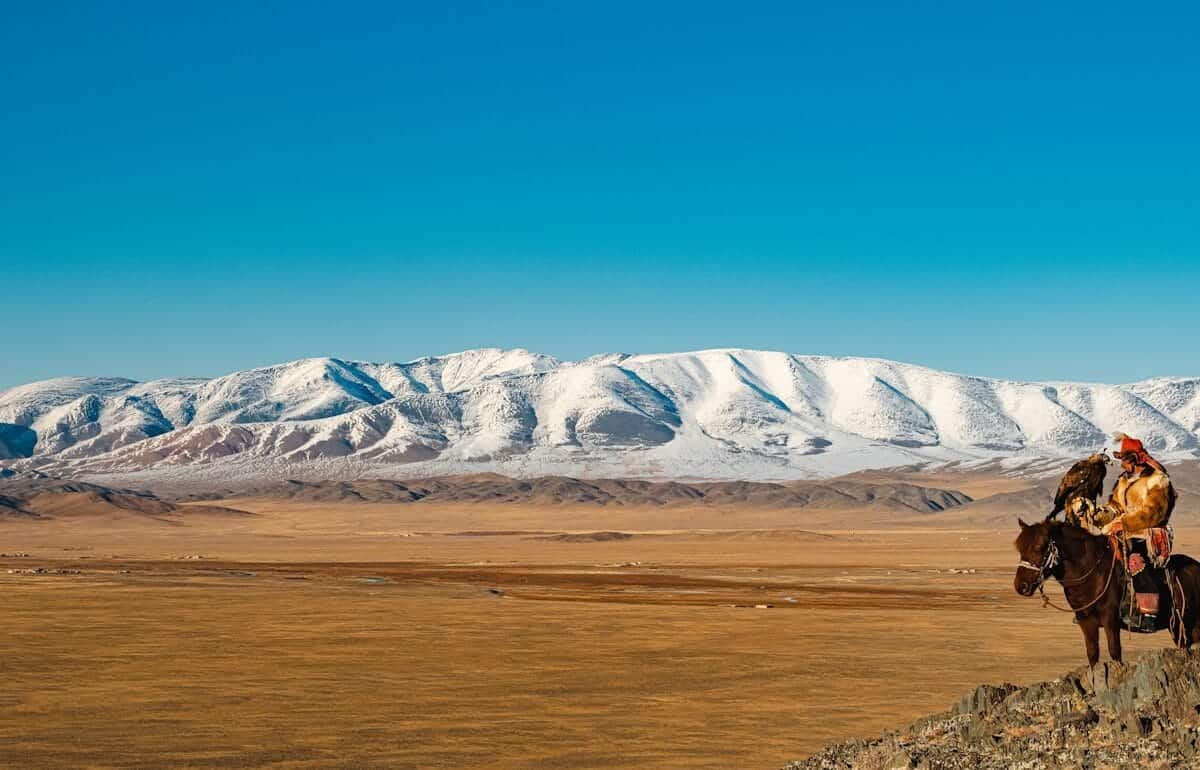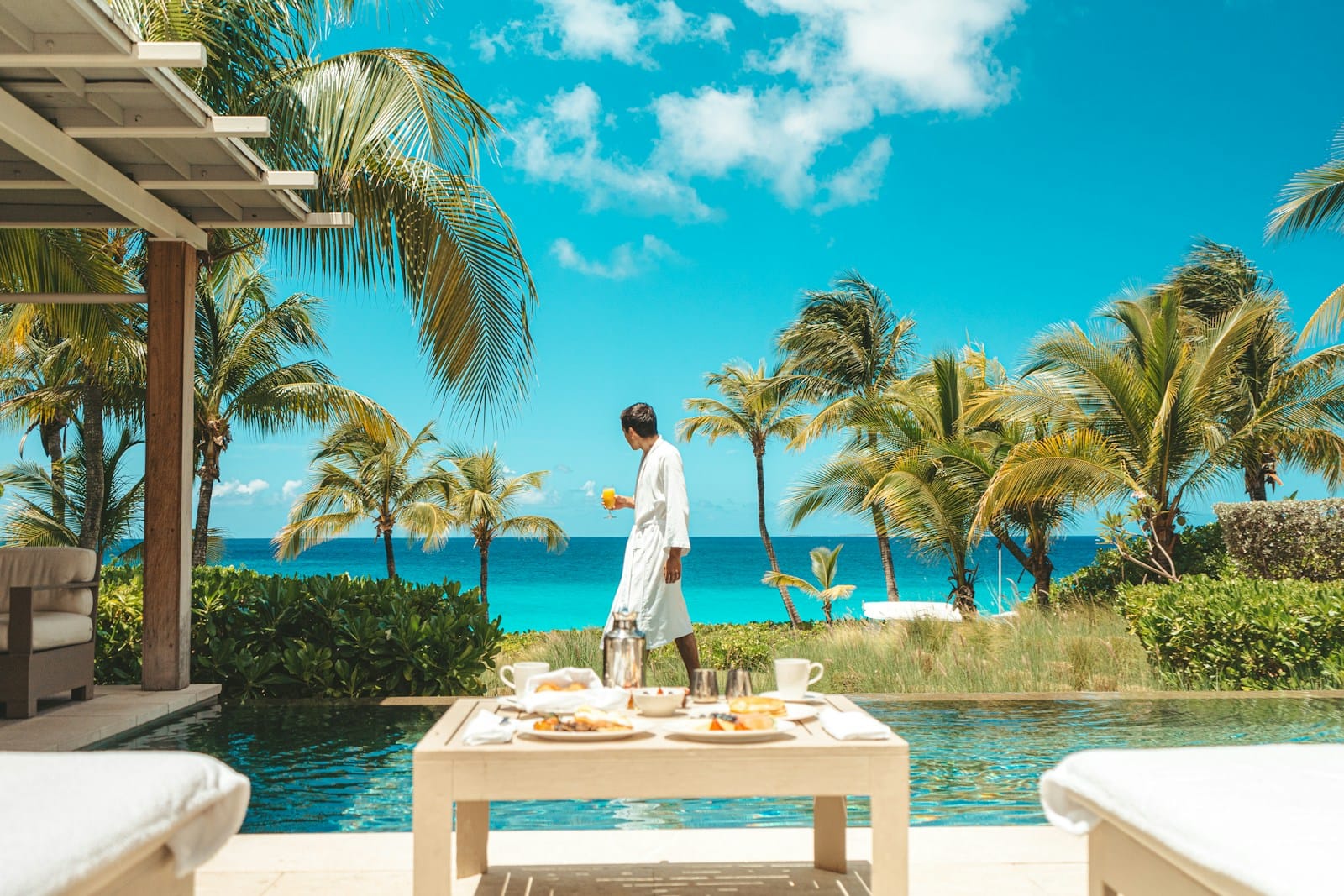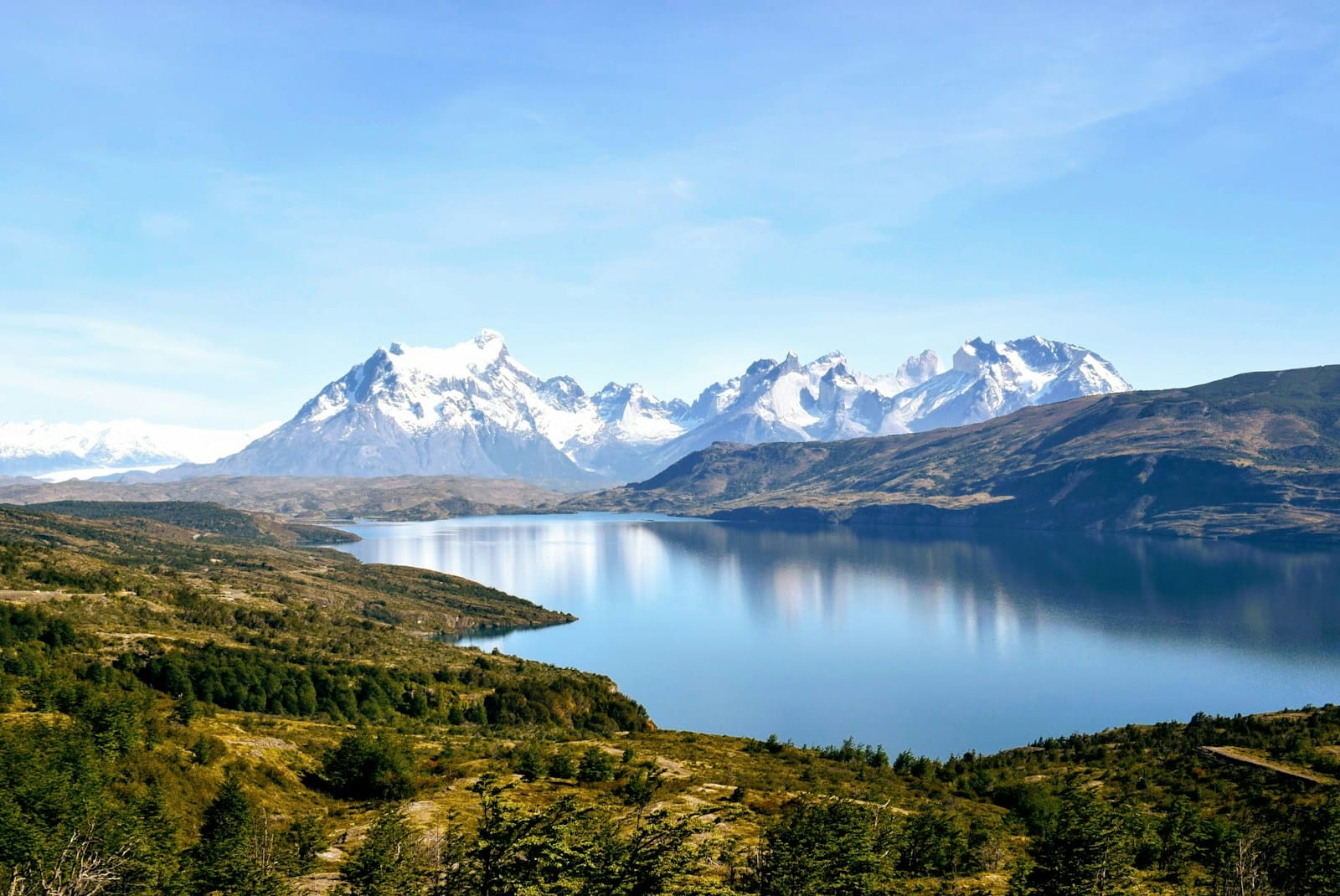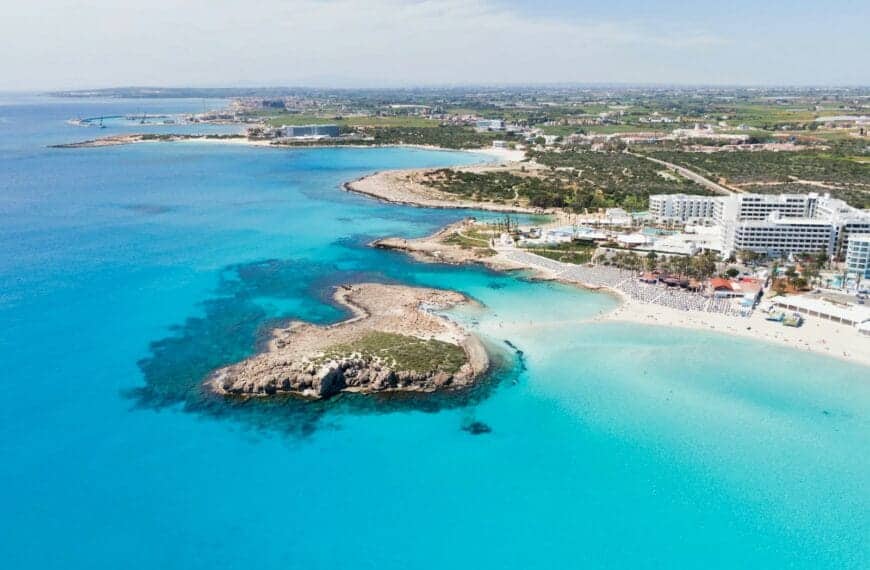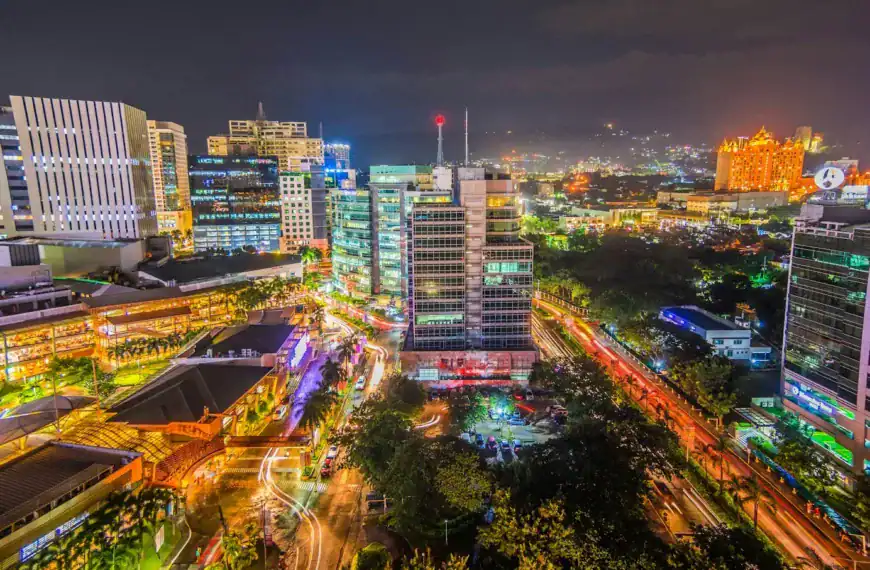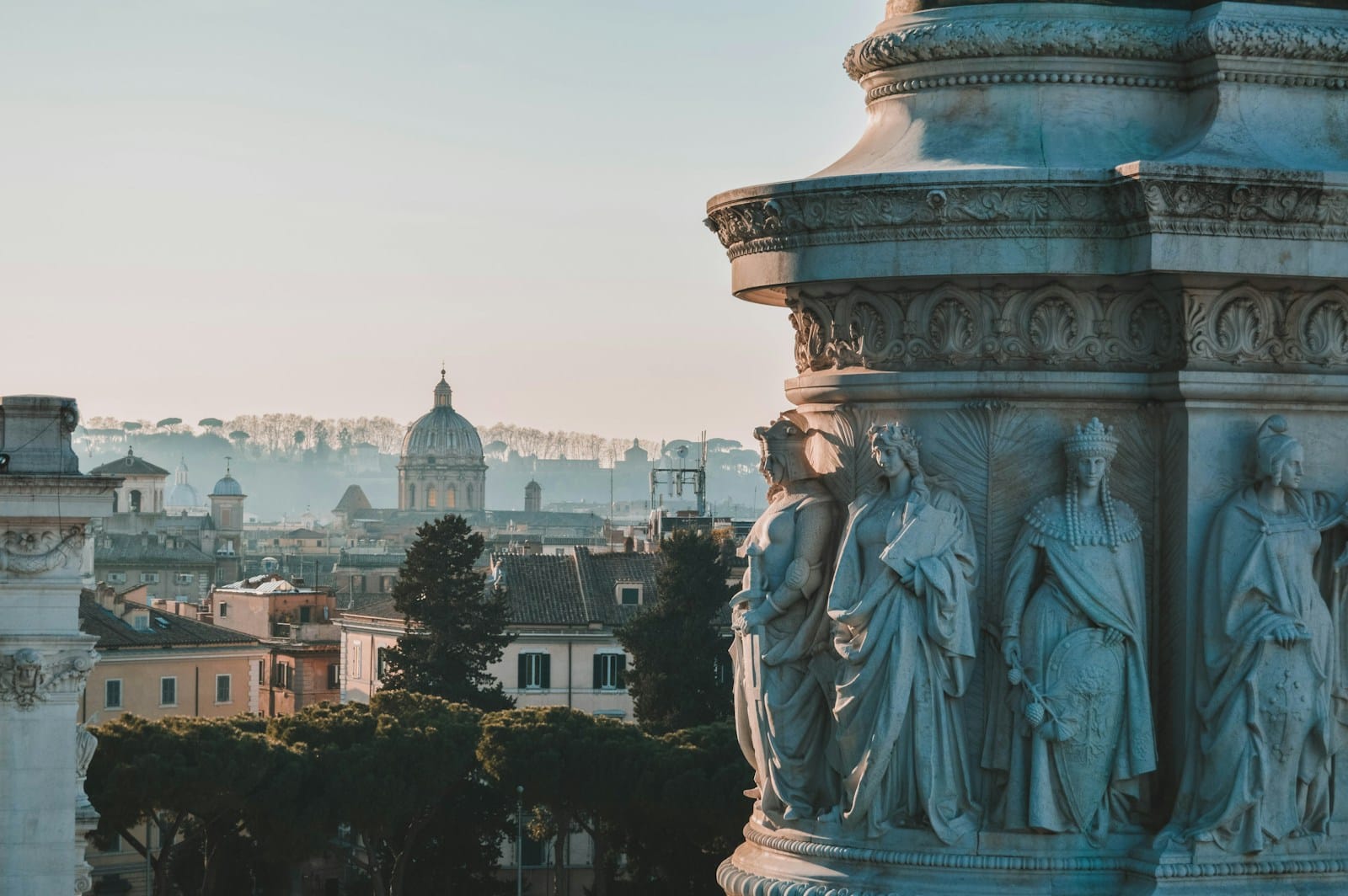Mongolia Travel Guide: Vast Horizons & Nomadic Soul
Intro to Mongolia Travel Guide
Where silence stretches beyond the horizon and the sky feels within reach — Mongolia is a place that lives in the soul. From the golden sands of the Gobi Desert to the glacial peaks of the Altai Mountains, Mongolia is a land of extremes. It’s not a country you visit casually — it’s a destination for the adventurous, the curious, and those seeking reconnection with wild nature and ancient traditions.
Whether you’re galloping across the steppe on horseback, sleeping in a ger under starlit skies, or witnessing the age-old spectacle of Naadam, this is a country that challenges and transforms.
Start planning with our complete Mongolia Tour Guide — covering regional breakdowns, top places, nomadic experiences, costs, transport tips, and cultural insight to help you journey responsibly through one of Asia’s last true frontiers.
Where to Go in Mongolia
Arkhangai | Bayan-Ölgii | Bayankhongor | Bulgan | Darkhan-Uul | Dornod | Dornogovi | Dundgovi | Govi-Altai | Govisümber | Khentii | Khovd | Khövsgöl | Orkhon | Ömnögovi | Övörkhangai | Selenge | Sükhbaatar | Töv | Ulaanbaatar | Uvs | Zavkhan
💡Quick Facts:
Continent: Asia
Country: Mongolia
Area: 1,564,116 km² (603,909 mi²)
Population: ~3.4 million
Density: ~2/km² (one of the lowest in the world)
Capital: Ulaanbaatar
Regions/Subregions: Central Mongolia, Gobi Desert, Khangai Mountains, Altai Mountains, Eastern Steppe
Language(s): Mongolian (official); Russian and English spoken in cities
Currency: Mongolian Tögrög (MNT)
Time Zone(s): UTC+7 to UTC+8 (depending on region); no DST
Airports: Chinggis Khaan Intl. (UBN), domestic airports in Dalanzadgad, Khovd, Murun
Climate: Continental – long, cold winters and short, hot summers
Known For: Nomadic culture, vast steppes, yurt stays, Naadam Festival, Gobi Desert
🛂Arrival Info:
Mongolia offers a mix of visa-free and visa-required access depending on nationality. Policies have become more tourist-friendly in recent years.
Visa-free for citizens of over 60 countries, including the EU, UK, Canada, and Japan, for stays of 30–90 days.
U.S. citizens: Visa-free for up to 90 days.
E-visa available for most other nationalities through Mongolia’s official portal.
Maximum stay: Usually 30 or 90 days depending on country of origin.
Official application: E-Visa Mongolia
💉Health Info:
Routine vaccines: MMR, DTP, Hepatitis A, Influenza.
Recommended: Hepatitis B, Rabies (especially for rural travel), Typhoid.
Altitude: Ulaanbaatar sits at ~1,300m; western Mongolia can reach >3,000m.
Medical care: Limited outside Ulaanbaatar. Major hospitals exist in the capital.
Insurance: Strongly advised, including evacuation coverage.
Travel health updates — get coverage here
Stay Informed with Official Updates: World Health Organization – International Travel and Health | Centers for Disease Control and Prevention – Global Travel Health
🚨Travel Advisory:
Safety Level: Generally safe; low crime
Risks: Traffic accidents, altitude effects, extreme weather, food/water hygiene
Border Zones: Restricted areas near China/Russia require permits
Emergency Number: 102 (police), 103 (ambulance), 101 (fire)
Stay Informed with Official Updates: US Travel Advisory | UK Foreign Travel Advice
📅Holidays:
Naadam Festival: July 11–13 (Mongolia’s biggest national celebration)
Lunar New Year (Tsagaan Sar): Jan/Feb – dates vary
Independence Day: December 29
International Women’s Day: March 8
Many services close during Tsagaan Sar and Naadam – plan in advance.
💰Money Matters:
Currency: Tögrög (MNT)
Cards: Accepted in Ulaanbaatar; mostly cash-only outside
ATMs: Available in major towns; carry cash for rural travel
Tipping: Not expected, but appreciated (10% in restaurants/tours)
Duty-Free Allowances:
– 2L alcohol, 200 cigarettes
– Electronics and souvenirs must be declared if exceeding USD $5,000 in value
✈️Airports:
Mongolia has one major international airport and a handful of domestic airports.
Chinggis Khaan International Airport (UBN) – Located ~50 km south of Ulaanbaatar, this is the main international gateway (replacing the old ULN).
Carriers: MIAT Mongolian Airlines, Korean Air, Air China, Turkish Airlines.
Access: Airport shuttle and taxis available.
Domestic Airports:
Dalanzadgad (DLZ) – Gobi Desert access
Murun (MXV) – Khuvsgul Lake
Khovd (HVD) – Altai region
🚍Transport:
Domestic Flights: Useful for remote areas (MIAT and Aero Mongolia)
Long-Distance Buses: Available between major cities; rough roads and long travel times
Minibuses (Micro): Shared vans – flexible but less safe
Car Rentals: Self-drive or 4×4 with driver/guide is common for remote travel
Rail: Trans-Mongolian Railway connects Ulaanbaatar with Russia and China
📶Connectivity:
SIM Cards: Mobicom, Unitel, G-Mobile – affordable with good urban coverage
Wi-Fi: Available in hotels and cafés in Ulaanbaatar
Rural Coverage: Weak to nonexistent outside towns – carry satellite phone for expedition travel
VPN: Recommended for secure browsing
📜Laws & Etiquette:
Drinking Age: 21
Cannabis & Drugs: Strictly illegal – severe penalties
Cultural Etiquette:
– Ask permission before photographing people or gers (yurts)
– Don’t step over someone’s legs or threshold of a ger
– Always accept food/drinks with your right hand
Dress Code: Modest in rural and religious areas
LGBTQ+: Legal but low public visibility – discretion advised outside cities
🛡️Emergency Info:
Emergency Numbers:
– Police: 102
– Ambulance: 103
– Fire: 101
Tourist Police: In Ulaanbaatar
Hospitals: Intermed Hospital, SOS Medica in Ulaanbaatar
Insurance: Required for rural travel, off-roading, and adventure tourism
🌦️Weather:
Climate: Continental
Winter (Nov–Mar): Harsh, −15 to −40°C (5 to −40°F) – extreme cold
Summer (Jun–Aug): Warm, 20–30°C (68–86°F); occasional storms
Spring/Fall: Dust storms and rapidly changing temps
Best Time to Visit: June–September for mild weather and festivals
Weather Forecast
Mongolia by Region – Where to Go
Though sparsely populated, Mongolia’s regions are diverse and powerful in presence. Travel here is about vastness, experience, and immersion in the land.
Central Mongolia
- Ulaanbaatar – The capital blends Soviet-era buildings with modern shopping malls and traditional monasteries. Gandan Monastery and the National Museum offer cultural grounding.
- Kharkhorin (Karakorum) – The former capital of the Mongol Empire with the iconic Erdene Zuu Monastery nearby.
- Orkhon Valley – A UNESCO World Heritage site of spiritual, natural, and historical importance, filled with waterfalls, ancient burial sites, and nomadic families.
Gobi Desert (South)
- Dalanzadgad – Base for Gobi adventures including the flaming cliffs of Bayanzag and camel rides in Khongoryn Els dunes.
- Yolyn Am (Vulture Valley) – A narrow gorge often home to year-round ice and wild ibex.
- Khongoryn Els – Towering sand dunes with singing sands and nomadic camel herders.
Northern Mongolia
- Lake Khövsgöl (Khövsgöl Nuur) – Mongolia’s “Blue Pearl,” this alpine lake is perfect for kayaking, reindeer herder visits, and wilderness hiking.
- Murun – The regional hub, with access to Tsaatan (Dukha) communities and deep Siberian taiga.
Western Mongolia
- Altai Mountains – Towering snowcapped peaks and Kazakhstan-influenced culture.
- Bayan-Ölgii – Home of the Kazakh eagle hunters and dramatic mountain landscapes.
- Tsambagarav National Park – Known for glaciers, rock art, and remote trekking.
Eastern Mongolia
- Choibalsan – Gateway to wide open steppe, wild horses, and Genghis Khan’s early homelands.
- Khentii Mountains – Thought to hold the secret burial site of Genghis Khan.
Top Places to Visit in Mongolia
Cultural Capitals
- Ulaanbaatar – Museums, monasteries, cashmere shops, and international dining in a city undergoing rapid change.
- Kharkhorin – The spiritual and historic seat of the Mongol Empire.
Nature Escapes
- Lake Khövsgöl – Pristine alpine beauty, sacred to locals, and ideal for eco-travelers.
- Orkhon Valley – Steppe views, waterfalls, and nomadic traditions in one valley.
Adventure Destinations
- Gobi Desert – Sand dunes, dinosaur fossils, camel caravans.
- Altai Mountains – Trekking, mountaineering, and eagle festivals.
Spiritual Sites
- Erdene Zuu Monastery – The first Buddhist monastery in Mongolia, built from the ruins of Genghis Khan’s capital.
- Gandan Monastery – One of the few active monasteries in Ulaanbaatar.
How to Choose Where to Go in Mongolia
- For nomadic culture: Visit Orkhon Valley, Khövsgöl, or the Altai for immersive ger stays and family visits.
- For landscapes: Head to the Gobi Desert or the Altai Mountains for sweeping sand dunes or snowcapped peaks.
- For history buffs: Explore Kharkhorin, the National Museum, and Khentii, Genghis Khan’s birthplace.
- For wildlife and nature: Seek out Khövsgöl Lake or Yolyn Am for rare birds, reindeer tribes, and remote nature trails.
Mix city access with wild exploration for a transformative journey.
How to Get Around Mongolia
Transport in Mongolia is challenging but rewarding:
- Domestic Flights – MIAT and Aero Mongolia offer flights to Murun, Ölgii, and Dalanzadgad. Essential for saving time.
- Shared vans & minibuses (mikrik) – Cheapest option, but require flexibility.
- Private drivers/tour packages – Most reliable for visiting remote regions; often arranged with local operators.
- Trains – Ulaanbaatar is on the Trans-Mongolian Railway linking to China and Russia.
- Horse, camel, or yak treks – Traditional and unforgettable ways to reach off-grid valleys.
- Apps & Maps – Use Maps.me and local SIMs for offline navigation.
Travel Budget & Costs in Mongolia
Daily Cost Estimates:
- Budget travelers: $35–50/day (dorms, street food, local vans)
- Mid-range: $70–120/day (guesthouses, domestic flights, private tours)
- Luxury: $200–400/day (private ger camps, drivers, English-speaking guides)
Sample Prices:
- Guesthouse in Ulaanbaatar: $20–40/night
- Camel trek (1 day): ~$50
- Domestic flight to Gobi: ~$120 one way
- Ger stay with meals: ~$25–50/night
Tips to save:
- Travel with others to split jeep or tour costs
- Buy food at local markets and cook
- Use regional buses instead of flights where possible
Best Time to Visit Mongolia
Summer (June–August):
- Best time for travel, festivals, and mountain access
- Naadam Festival in July (wrestling, archery, horse racing)
Shoulder Season (May & September):
- Fewer tourists, cooler nights, stunning golden steppe
Winter (October–April):
- Harsh conditions, but Tsagaan Sar (Lunar New Year) offers cultural depth
- Opportunities to see eagle hunting in the Altai
Must-See Experiences in Mongolia
- Ride a horse across the steppe, just like the Khans
- Camp in a ger, warmed by a dung stove and surrounded by silence
- Climb the Khongoryn Els dunes, where the sand sings in the wind
- Attend the Naadam Festival, Mongolia’s Olympic-style summer tradition
- Visit an eagle hunter in Bayan-Ölgii and witness ancient falconry
- Swim or kayak on Khövsgöl Lake, known as the younger sister of Baikal
- Explore the ruins of Karakorum and the Erdene Zuu Monastery
- Watch a yak caravan cross a highland pass
Explore immersive Mongolia tours or discover unforgettable things to do in Mongolia through local nomadic experiences.
Best Travel Itineraries in Mongolia
Classic Mongolia – 10 Days
- Ulaanbaatar → Kharkhorin → Orkhon Valley → Gobi → Ulaanbaatar
Combines history, landscapes, and nomadic life.
Gobi Adventure – 7 Days
- Dalanzadgad → Bayanzag → Khongoryn Els → Yolyn Am
Ideal for desert lovers and nature photographers.
Reindeer & Taiga Expedition – 12 Days
- Ulaanbaatar → Khövsgöl → Tsaatan camps
Best for wild landscapes and remote cultural immersion.
Altai Eagle Hunter Route – 14 Days
- Ulaanbaatar → Ölgii → Altai Tavan Bogd
Mix of trekking, culture, and traditional Kazakh lifestyles.
Local Cuisine & Culinary Experiences
Mongolian food is hearty, meat-heavy, and built for the harsh climate.
Signature Dishes
- Buuz – Steamed dumplings filled with mutton or beef
- Khuushuur – Fried meat pies, popular during festivals
- Tsuivan – Stir-fried noodles with vegetables and meat
- Airag – Fermented mare’s milk, an acquired taste!
- Boodog – Goat or marmot cooked from the inside with hot stones
- Suutei Tsai – Salty milk tea, served in every ger
Visit a family-run ger for a traditional meal, or explore Ulaanbaatar’s food scene for modern twists on nomadic classics.
Travel Safety & Cultural Etiquette in Mongolia
Safety Tips
- Mongolia is generally safe; petty theft in Ulaanbaatar is the main concern
- Be cautious with food hygiene on remote trips
- Carry extra fuel, water, and spare tires if self-driving
Cultural Etiquette
- Always accept offerings (tea, snacks) with both hands
- Avoid touching the top of someone’s head
- Step around, not over, people’s legs or hearths
- Respect the ger’s layout — men sit on the left, women on the right
- Dress modestly; remove shoes when entering homes
Where to Go Next – Pair Mongolia with These Destinations
- China – Ride the Trans-Mongolian Railway south to Beijing.
- Russia – Head north to Lake Baikal or the Siberian taiga via Ulan-Ude.
- Kazakhstan – Connect overland through the Altai for cultural overlap.
- Kyrgyzstan – Pair nomadic adventures and high mountain treks.
- South Korea or Japan – Fly from Ulaanbaatar for East Asia extensions.
China Travel Guide | Russia Travel Guide | Kazakhstan Travel Guide | Kyrgyzstan Travel Guide
Final Planning Checklist for Mongolia
- Book your visa (if required) and register with immigration for long stays
- Coordinate domestic flights or drivers early — demand can spike in summer
- Confirm ger stays and Naadam dates in advance
- Pack layers for heat, rain, and extreme cold — even in summer
- Carry cash (MNT) for most regions; ATMs are limited outside UB
- Bring power banks and offline GPS maps for the steppe
- Learn basic Mongolian phrases or download translation tools
- Respect nomadic culture and minimize waste in fragile landscapes
Explore Mongolia with confidence using our trusted tips, local insights, and region-by-region planning tools.
For more expert travel tips, practical strategies, and trusted tools — visit our Homepage and get inspired for your next trip.

